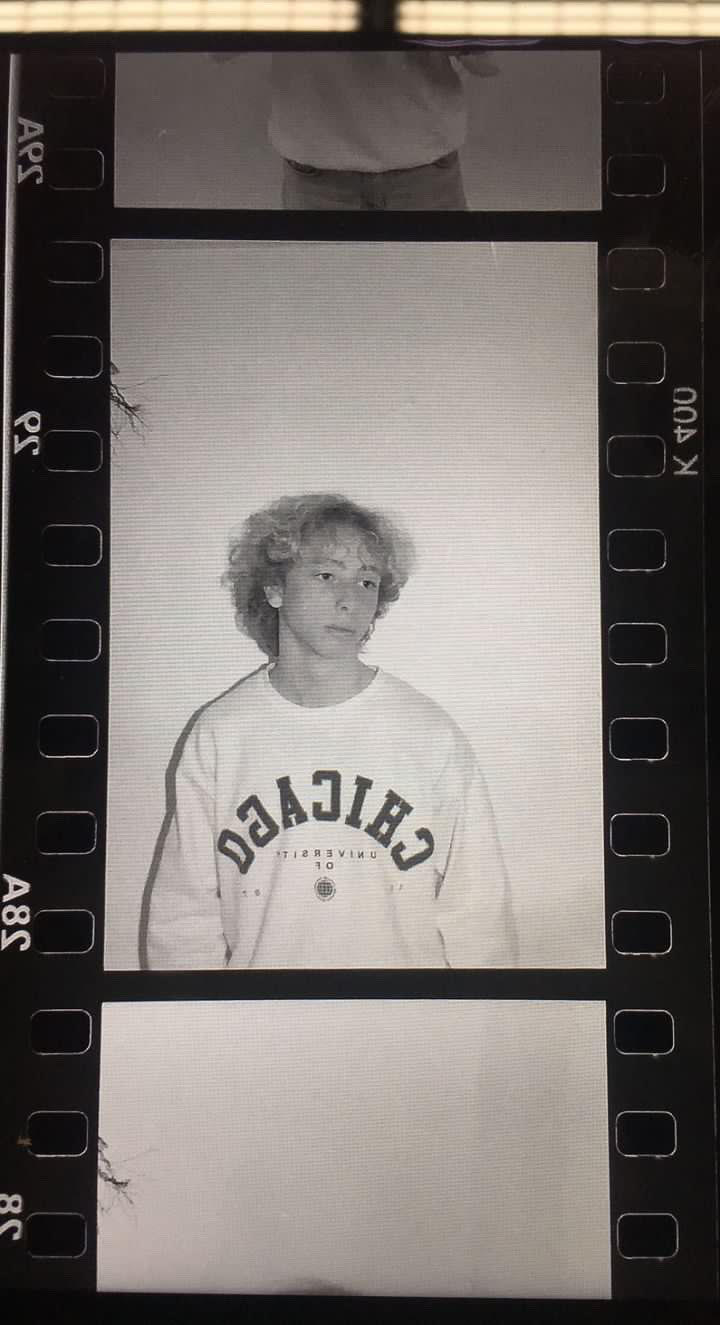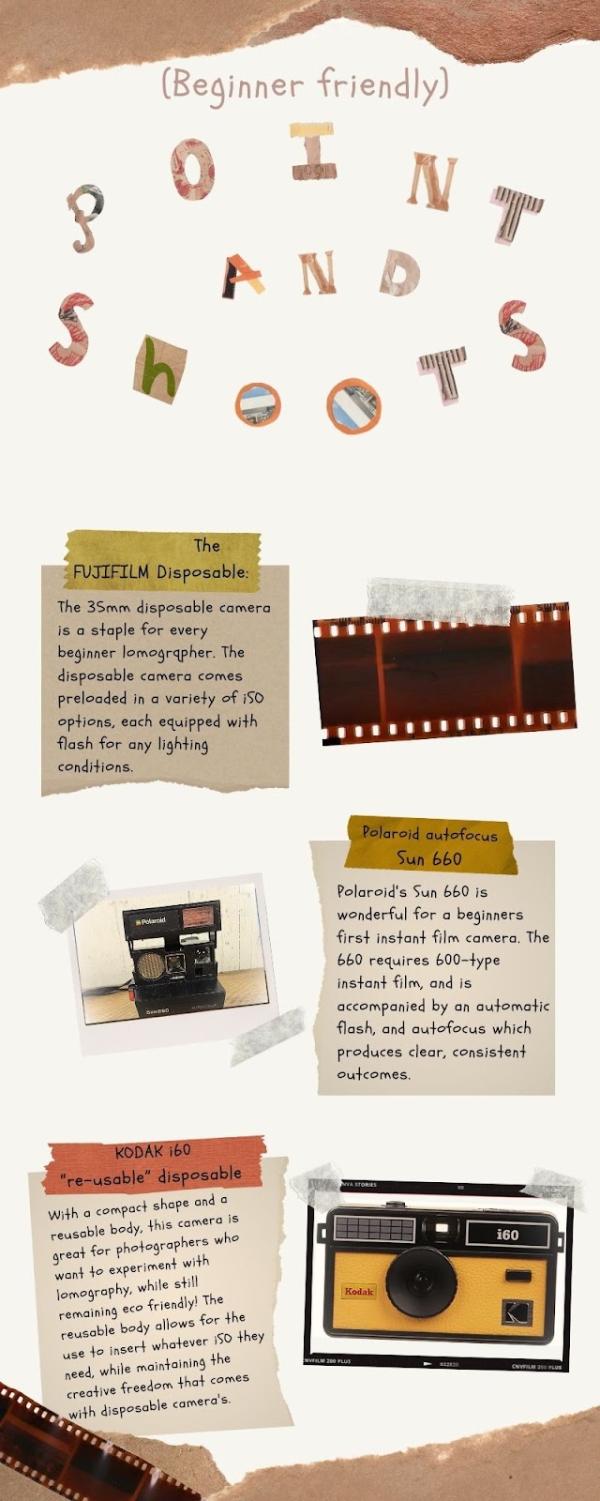The Highs and Lows of Film’s Legacy
What came before?
Plate photography was the first recorded method of analog photography where the image did not disappear. It was done by coating a thin glass or metal plate in silver salts, a light sensitive material. The plate was then inserted into a camera obscura and exposed.
This method was officially recognized by the French Academy of Science in 1839, but had many notable innovators who pioneered this frontier such as George Eastman, Frederick Scott archer, and Louis-Jacques-Mandé Daguerre. Their discovery of light sensitive silver salts, and the camera obscura, opened floodgates to countless forms of image capture.
1889: The Birth of Roll Film
Nearly 50 years after the official recognition of photography the first ever roll of film was produced and sold by the Eastman Kodak company. Their product featured the same light sensitive emulsions used by the plate method, but instead transferred them onto a flexible roll of transparent paper made of a material called celluloid, and packaged neatly into a canister that is almost identical to what is still sold today. This, accompanied by the portable (and affordable) Kodak film camera, opened a brand new market for amateur photographers.
1936: Let there be color!
If the ability to freeze a moment in time with one click wasn’t enough, then new advancements were sure to catch a buyer’s attention. Color capturing light emulsions were created long before the mass production of roll film; However, in 1936 they hit the shelves for market use. Once again, this was made possible by the Eastman-Kodak company with the release of a line called “Kodachrome”. Kodachrome was treasured for its brilliant hue’s and stark image quality. Their product made an incredible impact on photograph standards for the 20th century. This wasn’t the end for color though, it was just the beginning. After Kodak permanently ceased Kodachrome production, room was made for new photo companies to join the race. Competition led to swift advancements in color technology, and has left behind timeless lines we have today, such as “Ektachrome”, “Portra”, and “Fujicolor Pro”.
1990’s-early 2000’s: Golden Age
Film photography rapidly grew all throughout the mid to late 1900’s. Countless options were constantly brought to shelves due to the competitive market. Most photographers who grew up with a roll of film in their camera bags would say that the film photography market really peaked in the 90’s to the early 2000’s, just before digital cameras became as cheap as a film camera. During that golden period, Kodak sold over a billion rolls of film in 2003 alone, and photo labs were as common as grocery stores. Consumers worked film to the bone, thus, leading to its fall.
Where has it gone?
Much like the crash of 1929, the golden era of rapid technological advancements left the film industry lifeless. Once revered as unbeatable, the Kodak company was forced to file for bankruptcy merely 8 years after their sales peaked. Fast paced photo labs became an endangered species, and film cameras are now ancient relics that represent an art lost to time.
Although things have come to a bleak end, there’s still a silver lining. Very recently the community has expanded beyond nostalgia chasers. Interest in film has been repopularized because of companies like Polaroid, Instax, and even Kodak! Their new instant film cameras became a popular trend in the late 2010’s and has captivated young users once again. Although the community is still limited to a small niche, many have hoped this isn’t just a passing phase, but a path that will lead the industry back to its legacy.
Digital Vs. Analog Photography
What makes analog special?
It’s no secret film photography has rapidly declined in popularity over the past 3 decades. With the release of digital cameras into the hands of the commercial market, ease of access to immediate results has been favored. Although rapid digitalization of modern photography has left film popularity to decay, this doesn’t take away from its individual value. So, what about analog is still valuable in our digital world?

Despite the fact many photographers prefer the ease of use (and price) of digital photography, the vivid color and value that film typically provides is often lost in translation with digital photos. Photographers then later attempt to recreate the aesthetic that was lost in post through editing software and presets. This may not appear to be an issue for most, but photographers who are focused on creating candid images without the anxiety of maintaining uniform color grading and other values, can find great reliance on the consistency film provides.
Besides technical differences, there is an undeniable value that analog photography has, that dslr cameras will always lack. Film photos create a unique experience for their user. Artists won’t see their photos until they’ve been developed, which can take over 2-3 weeks. This may seem inconvenient for some, but for film fanatics, these restrictions are utilized to hone their critical eye, and capture with a strong artistic voice. There are countless presets available for digital photos that attempt to mimic the personality found in film, but nothing comes close to an emotive, raw, and authentic analog image.
Inside the film community:
Teachers still learn from their students!
This conversation was recorded between a Darkroom instructor at Minnetonka high school, and a student of his.
Harrison: I’m kind of working on this group of pictures right now, where every photo is a different perspective of my neighborhood at night
Mr. Maki: Really?
Harrison: Yeah
Mr. Maki: That’s cool, what are your plans for it?
Harrison: I don’t know what I’m gonna do with it. We’ll see.
Mr. Maki: Well I just had a student who just got more directions on how to digitize all the negatives. Did you ever figure that out?
Harrison: I know there’s a dslr scanner in the classroom, which is a pain if you don’t know how to use it.
Mr. Maki: Well that one computer we have like a little thing where you just feed your negatives into the computer
Harrison: I did that like twice last year and I remember it took a long time
Mr.Maki: Well I remember Evan jones was doing it a lot, and I had this other student who figured it out, and I’m like, I’ve never figured it out, can you just write the directions and like, put a piece of paper up there? And he’s got it, so now my other students can use it too.
Images provided by Harrison Kauder
Harrison Kauder is a Junior at Minnetonka High School who has taken Darkroom 1, 2, and 3. This is a visual progression of his skill level represented through one photo from each class he took.

Darkroom 1: This was one of the first successful prints Harrison created without help in the darkroom.

Darkroom 2: This is a digital scan of a negative Harrison developed in the classroom. In a one on one interview he stated, “I improved as a photographer with each failure, because it made the good photos so much easier to critique”.

Darkroom 3: This image is a complete print and proper scan of an image he took while in the darkroom 3 class. Progression in photo composition, and use of the light triangle theory has significantly improved from photo 1.

